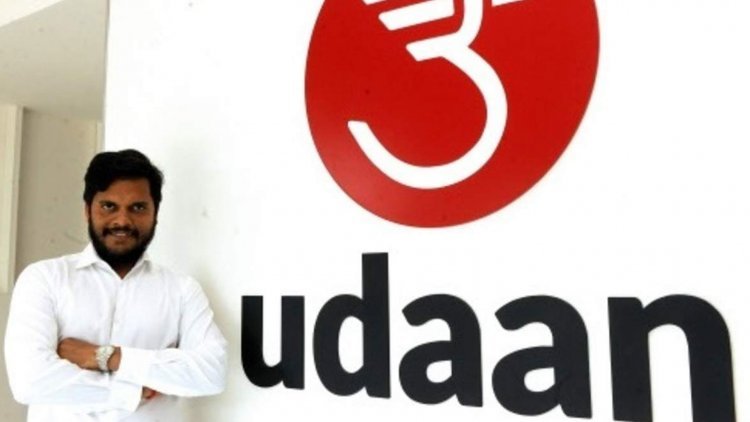Udaan, an online B2B retailer, raises $120 million in convertible debt
Recently, Udaan raised $200 million in convertible debt and equity. The investors will have the opportunity to convert the debt notes to equity before the company enters the public markets, which is crucial for the B2B major.

Udaan, a business-to-business (B2B) e-commerce startup supported by Lightspeed Venture Partners, has received $120 million in debt convertible to equity, driven by its current lenders, according to its chief financial officer Aditya Pande.
With this round, Udaan will have raised more than $350 million using convertible notes and debt, making it one of the largest structured instrument fundraises in the nation, according to Pande.
One of its current financiers is software giant Microsoft. The message did not, however, mention the investors' names.
Due to the challenging funding environment, the Bengaluru-based firm established in 2016 by Amod Malviya, Vaibhav Gupta, and Sujeet Kumar had difficulty raising money. The company had chosen the debt-convertible equity fundraising strategy for the previous two fundraising events.
Recently, Udaan raised $200 million in convertible debt and equity. The investors will have the opportunity to convert the debt notes to equity before the company enters the public markets, which is crucial for the B2B major.
This fundraising, Pandey said, "reflects the confidence of investors in our business model and their endorsement of the journey to unit economics, driven by great progress in evolution of our business model and cost efficiency, that we initiated last year," despite the funding-related difficulties facing the larger startup ecosystem.
Udaan stated that it is preparing for an IPO during the following 12 to 18 months.
In the upcoming 12 to 18 months, we will go public.
The journey of the proper business design and unit economics has led into a 60%+ decrease in the burn. Our unit economics increased by about 1000bps with equally strong increases in both gross margins and operational costs, added Pandey




 admin
admin 




















